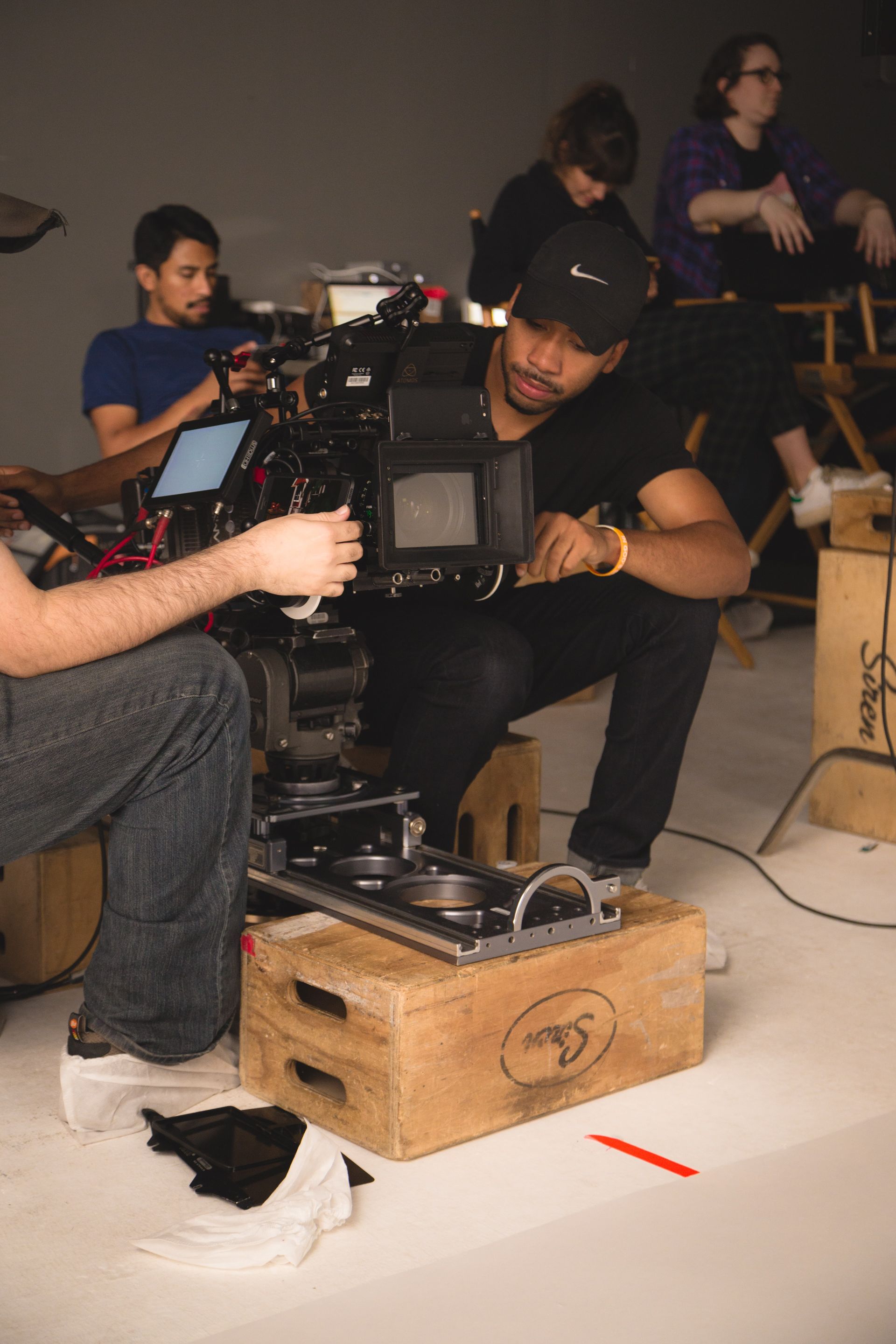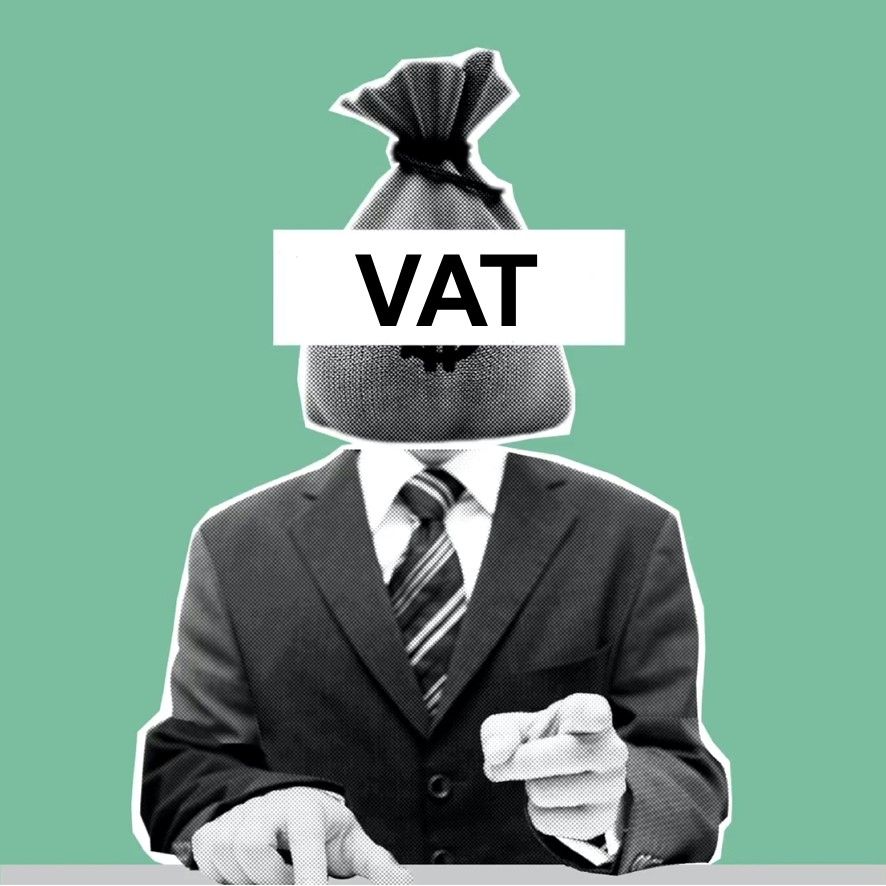From April 2024 the new Audio-Visual Expenditure Credit (AVEC) will replace the current film, high-end TV, animation, and children's TV tax reliefs. The rates of relief will be as follows:
- Film and high-end TV: 34%
- Animation and children's TV: 39%
The expenditure threshold for high-end TV will remain at £1 million per hour, but the minimum slot length will be reduced from 30 minutes to 20 minutes.
These reforms are intended to make the UK a more attractive place to produce audio-visual content. The government believes that the new AVEC will provide a significant boost to the UK's creative industries, and that it will help to create jobs and generate economic growth.
The information provided below will remain in effect till April 2024.

Who can qualify for High-end Television Tax Relief?
In order to qualify the company must be involved with decision-making and directly negotiate contracts and pay for rights, goods and services. It must also be involved throughout development from pre-production until completion.
What is being produced by the company must be certified as British by passing a cultural test. If it does not pass the cultural test it must qualify through an internationally agreed coproduction treaty. The certification is organised by the British Film Institute (BFI) on behalf of the Department of Digital, Culture, Media and Sport.
For work which is uncompleted the BFI will issue an interim certificate and a final certificate will be issued when production is completed.
- The programme must be a drama, comedy or documentary
- It must be intended for broadcast on television or streamed online
- The slot length for the programme must be more than 30 minutes
- The average core costs of the programme must be at least £1 million on an hourly pro rata basis
- At least 10% of the core costs must relate to activities in the UK.
High-end Television Tax Relief is not available in respect of:
- advertisements or promotional programme
- news, current affairs or discussion programme
- Quizzes, game shows, panel shows, variety shows or other similar programme
- Consists of, or includes any element of competition or contest
- It is a broadcast of live events and performances
- Is produced for training purposes
How much can you claim?
Qualifying companies can claim an additional deduction on their Corporation Tax Return which will reduce their profits or increase any loss thereby reducing their Corporation Tax liability. As an alternative they can surrender a loss in return for a repayable tax credit.
The additional deduction will be the lower of:
- 80% of the total core expenditure
- the amount of core expenditure in the United Kingdom
Essentially, core expenditure is expenditure incurred on pre-production, principal photography and post-production. It excludes expenditure on development, distribution or other nonproduction activities.
If the company is shown to make a loss after applying the additional deduction on it’s Corporation Tax Return, all or part of the loss can be surrendered in return for a repayable tax credit at a rate of 25%.
The claim should be made within one year of the company’s filing date and can be amended or withdrawn within that period.


Working examples for High-end Television Tax Relief
A TV production company has released the highly acclaimed show Ted Lasso for viewing on a paid streaming site. It generates income of £6m in their current financial year and as part of producing the show it has total costs of £4m.
Of the £4m in costs during the financial year it has qualifying core expenditure of £2m(1) .
Of the same £4m in costs during the financial year it has qualifying core expenditure of £2m(2) which was spent within the United Kingdom.
Corporation Tax filing would be as follows if High-end Television Tax Relief was not applied:
Income: £6,000,000
Expenditure: £4,000,000
---------------------------
Profit/Loss: £2,000,000
Corporation Tax Liability: £ 380,000
(£2,000,000 x 19%)
Corporation Tax filing would be as follows if High-end Television Tax Relief was applied:
Income: £6,000,000
Expenditure: £4,000,000
Additional Deduction: £1,600,000
(lesser of (1) 80% of £2,000,000 and (2) £2,000,000)
-------------------------
Profit/Loss: £ 400,000
Corporation Tax Liability: £ 76,000
(£400,000 x 19%)
Should the TV production company apply the High-end Television Tax Relief, instead of the company paying a Corporation Tax bill of £380,000 it would only pay £76,000, a difference of £304,000 which they could potentially invest in other projects.
Next Steps
If you or your organisation have a potential claim for tax relief, or would like further information about the process you can get in touch with us to arrange a no obligation meeting either by phone or in person.
Make A High-end Television Tax Relief Enquiry
KNOWLEDGE BASE

The year’s best staged production? Critical Acclaim for Melting Pot Productions’ Paranormal Activity
OTHER SERVICES WE PROVIDE






